I. Hot Air Drying Principle for Drying Fruits and Vegetables
● What is the hot air drying method
Hot air drying is the conventional drying method, and it transfers heat from the drying medium to the material based on the heat conduction effect, then this results in two diffusions after the material absorbs heat: the external diffusion ( the moisture from the material surface to the drying medium ) and the internal diffusion ( the moisture from material interior to the material surface ), and the two diffusion goes on working until the moisture of material drops to a certain degree to achieve the drying purpose. Hot air drying happens under high temperature ( above 55℃ ) and aerobic conditions in the hot air drying oven, and there are many chemical changes happened in the drying process, such as the oxidation of phenolic compounds being catalyzed by oxidase, vitamins being damaged easily under high temperature, amino acid and sugar presenting Maillard reaction under high temperature, etc. Hot air drying temperature and time are the main factors affecting the changes in nutrients in the fruits and vegetables.
● Heat transfer and the mass transfer happens in the hot air drying processes
In the process of hot air drying, heat transfer and mass transfer are happening at the same time. Heat is transferred to the surface of the fruits or vegetables by convection and transmitted to the interior by the surface of the material, then the internal moisture of fruits or vegetables diffuses to surface and spreads from surface to the gas phase after intensifying finally. The driving force of heat transfer is the temperature difference, the driving force of mass transfer is the concentration difference of water or the difference of vapor partial pressure, and the directions of heat transfer and mass transfer are opposite but related with each other closely.
● Moisture gradient and temperature gradient in the hot air drying processes
In the drying process of fruits or vegetables, the moisture content of the material surface produces water vapor after heating, then the water vapor diffuses from the surface of the material to the surrounding air medium. At this point, moisture content of the surface is lower than the internal moisture, that is to say, there is a moisture gradient. Due to the presence of moisture gradient, moisture diffuses from the part of high moisture content to the part of low moisture content. At the same time, because the heating degree of the surface of fruits or vegetables is higher than its interior, a certain temperature gradient occurs inside of the fruits or vegetables, and the temperature gradient can cause the moisture to be transferred from the high temperature to the low temperature. In the process of drying, there are a moisture gradient and temperature gradient inside the material. For hot air drying, the temperature transfers from the surface of the material to the center, and the direction of moisture is opposite, that is to say, the transfer direction of moisture gradient and the transfer direction of temperature gradient are opposite. So the temperature gradient will be an obstacle to the diffusion of moisture along the moisture gradient. If the moisture gradient is stronger than the temperature gradient, the moisture will transfer according to the direction of the material moisture reducing. If the temperature gradient is stronger than the moisture gradient, the moisture will transfer with the direction of heat flow and develop to the direction of moisture increasing. If the reduction of material moisture content slows down or stops, it won’t reach the drying purpose and may lead to hardening and crusting phenomena on the material surface. So we should try to avoid the emergence of this situation in the hot air drying process of fruits or vegetables.
II. Researches on Hot Air Drying Processes of Fruits &Vegetables
♦ Experimental study on hot air drying process of cooked sweet potatoes
Adopting rotatable and central composite design and response surface method, this experiment is to study influences of main hot air drying parameters of cooked sweet potatoes, such as drying temperature, drying speed and material density on the drying rate, unit energy consumption and starch, reducing sugar, reducing sugars VC, etc.. The study shows that heating temperature, air speed, material density have the most important influence on the drying rate, energy consumption per unit, and primary nutrients content like starch, VC content and comprehensive index, but they have the smaller influence on starch, reducing sugar, crude protein and crude fiber content. SAS software was used to optimize and the optimal process parameters are determined as follows: drying temperature 73.89℃, drying air speed 4.91m/s, material density 2.54kg/m2. Under these drying conditions, the drying rate of cooked sweet potato was 1046.333g/min, drying energy consumption was 0.583W/g, the content of starch, reducing sugar, crude protein, crude fiber and VC was 50.435%, 29.428%, 6.288%, 6.271% and 2.509mg/100g respectively, and the comprehensive index was 5.026863.
♦ Experimental study on hot air drying process of garlic slices
Analysis of effect rules of the hot air temperature, garlic slices thickness and loading capacity on unit energy consumption shows that the proper parameter scopes are hot air temperature 45-75℃, slice thickness 1-5mm, loading capacity 1.5-3.5kg/m2. Through quadratic rotation-orthogonal regressive combination design, it respectively established the regression equation between the unit energy consumption, yield and various factors, and the optimum process parameters are as follows: the temperature of the drying medium 62.3℃, slice thickness 2.38 mm, the loading amount 2.69kg/m2, the minimum energy dissipation of prediction theory 1.96kWh/kg.
♦ Experimental study on hot air drying of bamboo shoots
Taking bamboo shoots as the object, the hot air drying experiment was carried out under the optimum blanching and pre-processing condition, the influence of hot air temperature, air speed and the thickness of bamboo shoots on the drying effect was investigated, and the optimum conditions of hot air drying bamboo shoots were determined as the blanching temperature 90℃, and the blanching time 8min, the thickness of bamboo shoot 1cm, the length 8cm, and the wind speed 2.1m/s, and hot air drying time 5h under 90℃.
♦ Experimental study on the hot air drying of tender stems and leaves of the Chinese wolfberry
Taking tender stems and leaves of the Chinese wolfberry as the experimental subject, the hot air drying experiment was carried out, the influence of blanching process, green maintaining process and hot air drying process on drying rate, water recovery rate, drying time, and color was investigated. By using the orthogonal experimental design method, the optimal process parameters were determined as biophyll protect agent Na2SO3+Zn(CH3COO)2, blanching temperature 100℃, blanching time 100s, drying temperature 85℃.
♦ Experimental study on the hot air drying of hot pepper
In the hot pepper hot air drying process, the main factors affecting the water loss rate are drying time, heating temperature, air speed and loading thickness according to the principle of primacy sequence. The optimal process parameters were determined as temperature 55℃, wind speed 2.0m/s, loading thickness 60mm, drying time 20h.


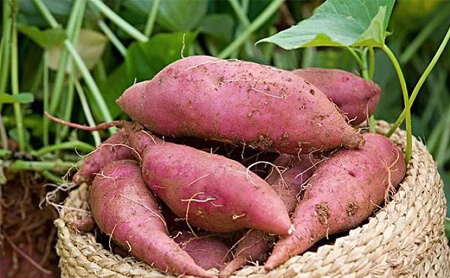

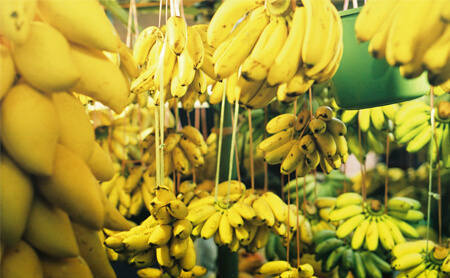




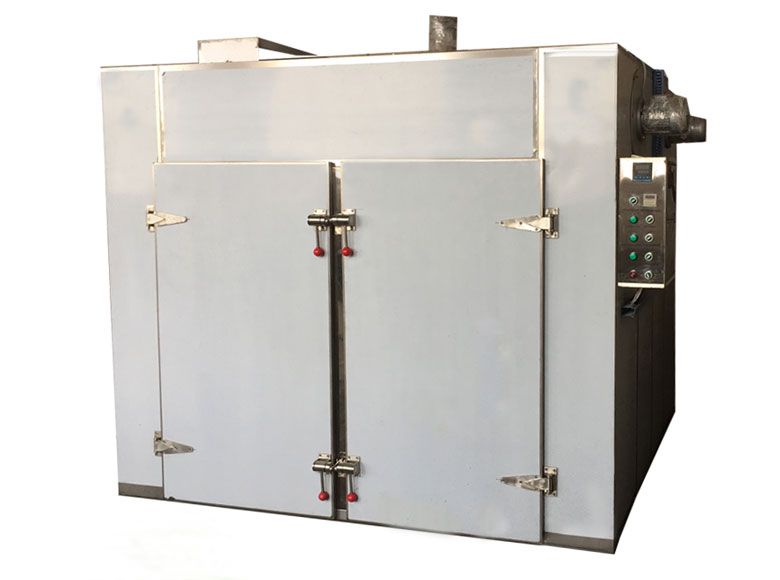

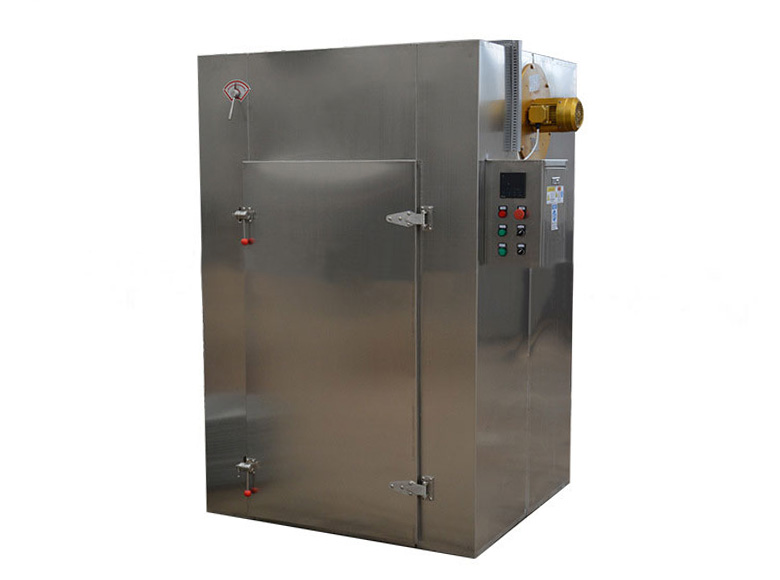
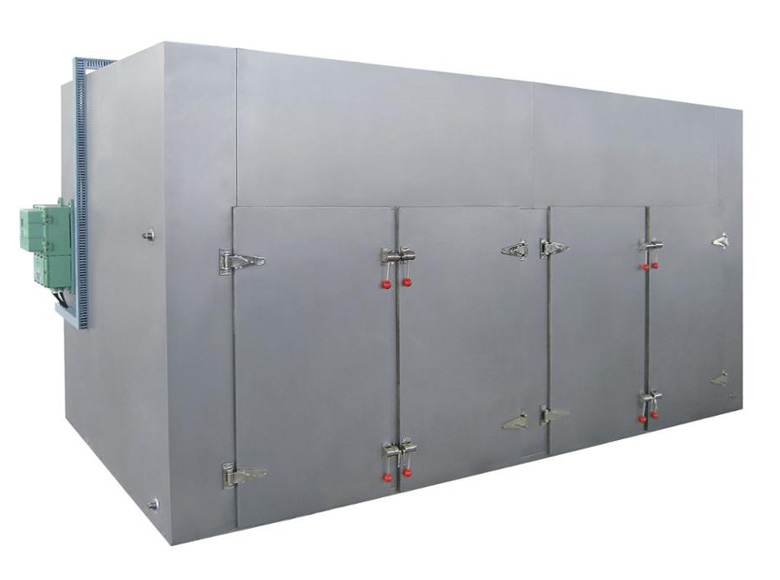




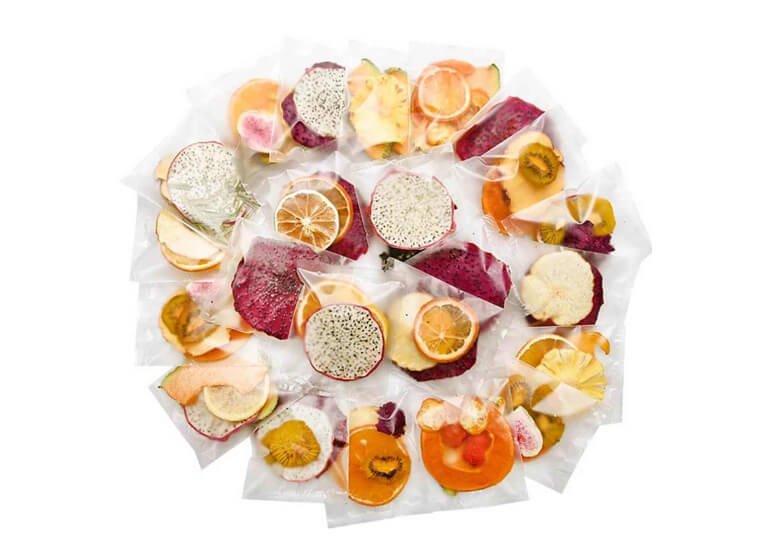



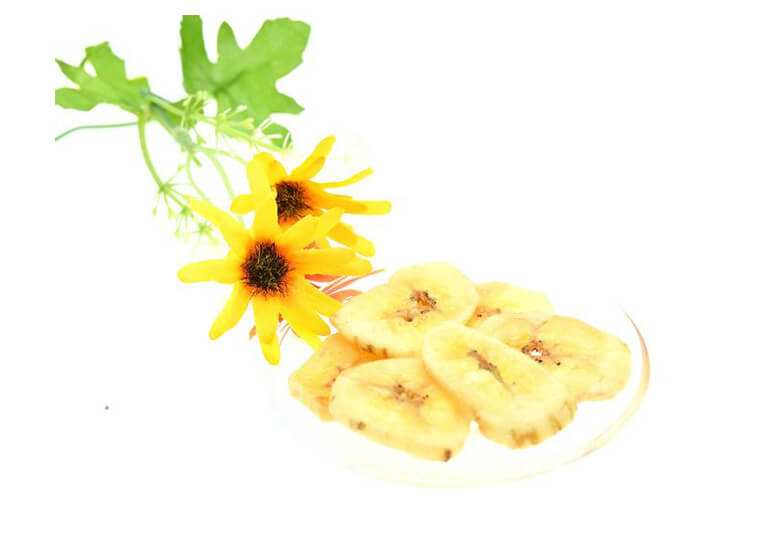
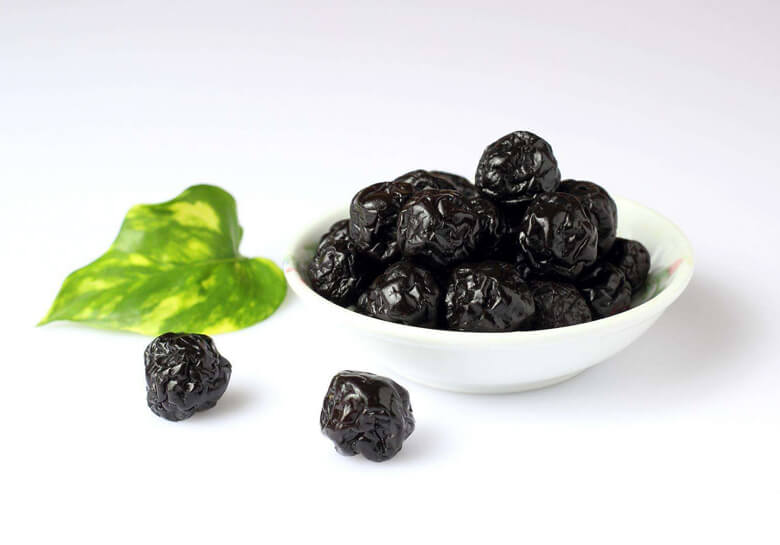
Leave A Comment